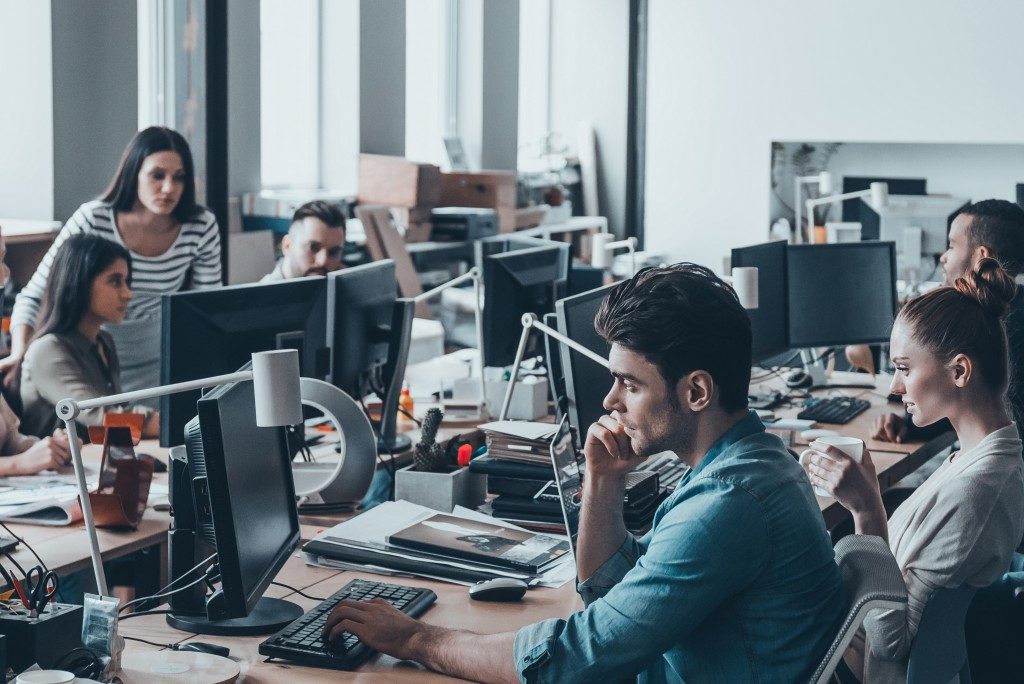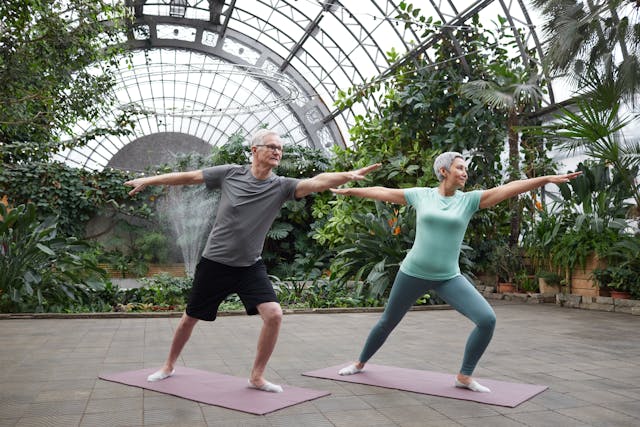The impact of COVID-19 affects over 200 countries and has forced governments to impose drastic restrictions on social and economic behaviour. From January 2020, when the World Health Organization declared an international health emergency, to the end of June, confirmed cases of the virus reached 11.3 million, with 532 thousand deaths. The global economic consequences of the virus are also devastating, with forecasts for world growth in 2020 down by 3% to 6% and global trade falling 13% to 32%.
Off to work
The global economic figures do not fully reveal the impact of the virus on people’s livelihoods, with the lockdown causing large scale unemployed and limiting consumer demand. Some people were fortunate to be able to work from home throughout the pandemic. However, with the easing of the restrictions in many countries, people are gradually returning to the office. But the workplace where staff return will be different from the office they left. The threat of a second wave in COVID-19 cases as restrictions ease, and the lack of a vaccine in the immediate future, means the office environment needs to change to provide staff and visitor safety.
The approach to encouraging staff to return to the office is twofold: first, changing work procedures to enable social distancing, improved hygiene and cleanliness, and a reduction in face-to-face interactions. Second, changing the office’s interior design to incorporate hygiene and social distancing into workplace planning.

Spaced out
Apart from the easy-fix of plastic screens, creating a physical barrier between work stations, what are some other solutions to make staff feel safe? Public transport provides a conduit for the virus to spread quickly, so restricting the number of people required at the main office means reducing commuters. An office capacity of about 30% of pre-COVID-19 levels makes social distancing easier to enforce and reduces the chances of the virus being introduced to the workplace. For the staff not required in the main office, a mixture of work-from-home and the establishment of more localised satellite offices allows work to continue. Although the layout of the smaller offices will be designed to enable colleague interaction and ensure safe working procedures, if a staff member is exposed to the virus, then a lower percentage of the workforce will have to self-isolate than if everyone worked in the main office.
Hospital Treatment
Ideas for a safer workspace may also be incorporated from the health sector, particularly from hospital designs. Examples include the use of materials that can withstand constant cleaning and harsh disinfectants. Other design options include the use of UV light to filter the air passing through air ducts and the increase in handwashing stations. Technology can also help with the installation of voice-activated lighting and doors and self-flushing toilets and motion-sensing handwashing facilities to avoid touching the surface of handles, buttons, and switches in communal areas.
In a post-COVID-19 situation, speculation on the disappearance of the open office is popular due to the ease of virus transmission. The reverse is likely to happen with the enforcement of two metres social distancing, meaning that more space is required to comply with the new norm. Other ways to enable mobility around the office while maintaining a safe distance include wider corridors and doorways, additional stairways, and partitioning between departments to limit unnecessary interaction.
People want to interact at work to tackle problems and implement solutions. Video conferencing and managing remotely are often effective but cannot replace the teamwork developed at the office. The new norm has revealed the benefits of working from home; now, the task is to combine these benefits with the advantages of working in the office to provide a dynamic and safe working environment.







